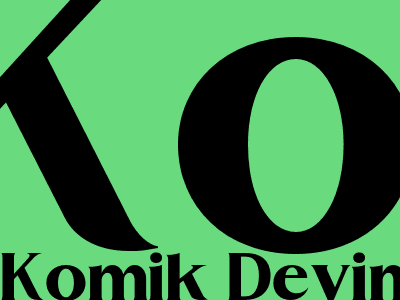Komik Deyimler: An Exploration of Humorous Expressions
What are Komik Deyimler?
Komik deyimler, or funny idioms, are witty phrases that add humor and depth to conversations. They are often used to convey emotions, describe situations, or make a point in a humorous way.
These idioms are a part of a culture's linguistic heritage. They reflect the values, beliefs, and social norms of a particular group of people.
Unique Characteristics of Komik Deyimler
Komik deyimler have several key characteristics that make them stand out from other idiomatic expressions.
- Humorous: The primary purpose of these idioms is to elicit laughter or amusement.
- Figurative: They use figurative language, such as metaphors or similes, to create vivid mental images and convey deeper meanings.
- Cultural: Komik deyimler are often deeply rooted in the culture and traditions of a specific region or community.
These characteristics combine to create a unique linguistic phenomenon that enriches communication and adds a touch of humor to everyday language.
Examples and Meanings of Komik Deyimler
There are numerous komik deyimler, each with its own unique meaning and cultural significance. Here are a few common examples:
- "Ayağını yorganına göre uzatmak": To live within one's means.
- "Karnı zil çalmak": To be very hungry.
- "Keçiyi boynuzundan tutmak": To take on a difficult or dangerous task.
These idioms not only add humor to speech but also provide insights into cultural values and attitudes.
Historical Origins and Cultural Importance
Komik deyimler have a rich history and are often passed down through generations. They originate from various sources, such as:
- Folklore and mythology
- Historical events
- Social customs and traditions
These idioms reflect the collective experiences, beliefs, and humor of a community, contributing to its cultural identity and sense of belonging.
Komik Deyimler in Modern Usage
Komik deyimler remain an integral part of language today. They are used in:
- Informal conversations
- Literature and poetry
- Media and entertainment
By understanding these idioms, individuals can better appreciate the cultural nuances and humor of a particular language and connect with its speakers.
Conclusion
Komik deyimler are a fascinating linguistic phenomenon that adds humor and depth to language. They are a reflection of cultural values, traditions, and experiences. By understanding and using these idioms, individuals can enhance their communication skills, gain insights into different cultures, and appreciate the richness of human expression.

Komentar